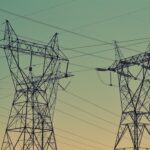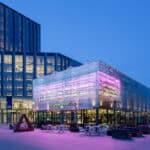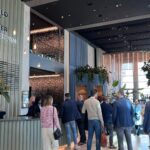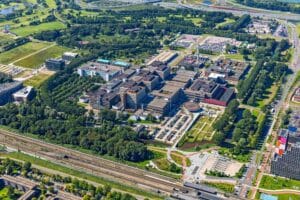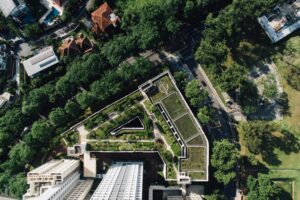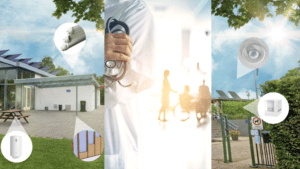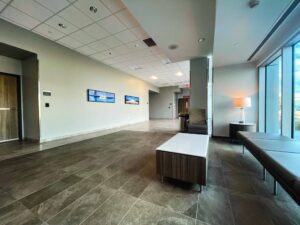
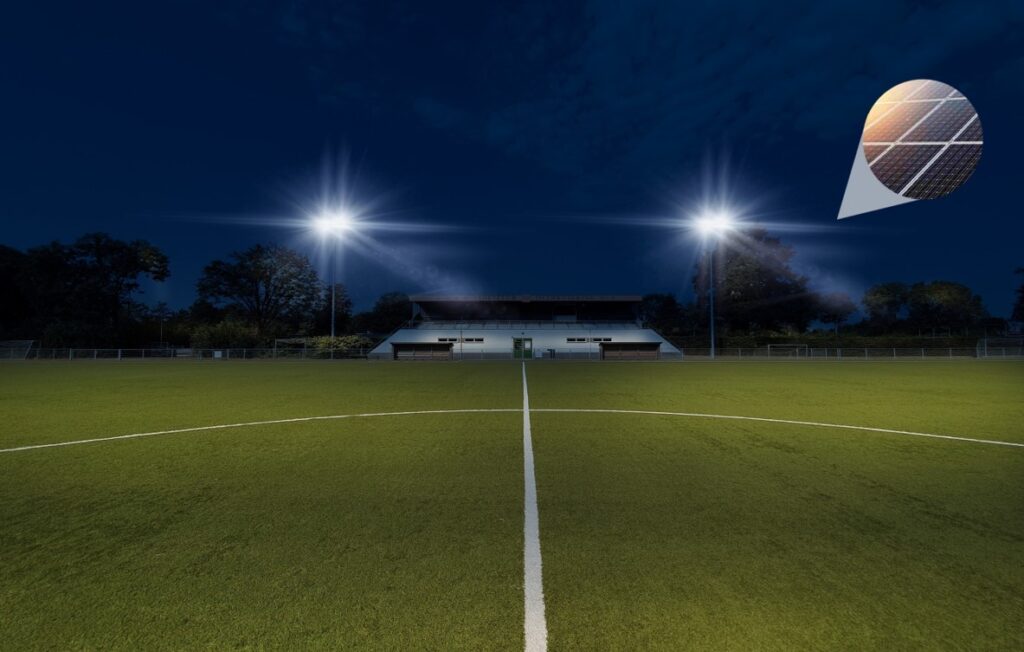
Insulation of locker rooms is Sportclub Overwetering’s first step towards sustainability
CFP Green Buildings was commissioned by Dutch knowledge centre Sport & Bewegen to investigate how sports clubs can meet the climate objectives for 2050. It turns out that four out of five sports clubs can go sustainable cost-effectively. In this series we highlight the five sports facilities that were investigated. This article focuses on the opportunities for Sportclub Overwetering in Olst.
Site visit
Sportclub Overwetering has three buildings: a canteen, the locker rooms and a grandstand. What sustainability measures can they take heading towards 2030 and 2050? Real estate developer CFP Green Buildings looked at the sustainability aspects of this sports facility during a site visit. CFP reviewed the existing systems, maintenance plans and the current energy label. After reading the energy consumption remotely, they drafted an energy profile. CFP then mapped out the possible sustainability options using a number of scenarios.
“During the energy scans, energy consumption was measured and analysed. This showed that Sc Overwetering’s energy consumption was relatively high, including at night. With intermediate meters, we can see where energy is being consumed per building and even per device. On the basis of this data, we can help them optimise energy consumption. The same applies to the gas meter, to which three buildings are now connected. Intermediate meters help reduce gas consumption.”
– Youp van der Zande, consultant at CFP Green Buildings
Basic scenario
The canteen uses traditional lighting. By replacing this lighting with LED lighting, the association can save €1,200 per year. Also, the locker rooms are not yet properly insulated. Roof and wall insulation would not only reduce energy consumption but also increase the comfort of the athletes. The measures in the basic scenario pay for themselves in an average of five years.
Improvement scenario
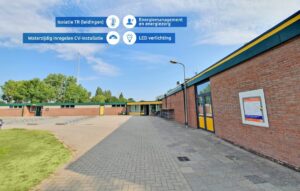
Once the basics are in order, two more measures are possible: LED lighting on the pitch and solar panels. Because the sports club is eligible for a BOSA subsidy, the business case for solar panels is a slam-dunk: with the subsidy, they get 30% of the costs reimbursed and the payback period is seven years.
Visionary scenario
A visionary scenario was also considered. In it, Sportclub Overwetering goes off gas. Here, a heat pump replaces the boilers and an additional set of solar panels can sustainably generate the annual electricity consumption. A battery can also store renewable energy during the day and extract it for use in the evening when demand is highest.
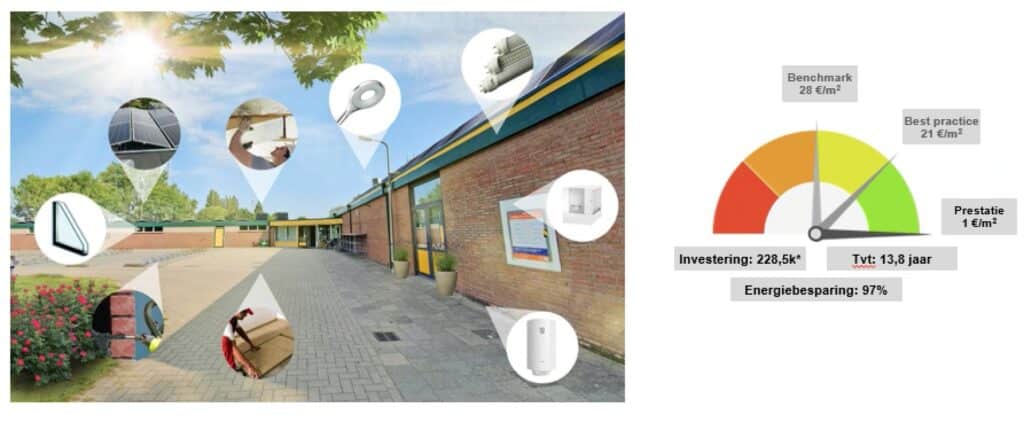
Sustainability Committee
The sports club has set up a committee to further shape and implement sustainability for the club. It includes members of the maintenance team, professional advisers and a member of the club’s board.
Future plans
The sustainability committee immediately set to work on a sustainable multi-year maintenance plan, which includes a number of recommendations for increasing sustainability. The committee is looking into when the club can best apply the roof and wall insulation for the locker rooms, and is planning a “natural” replacement moment for the boiler in a few years’ time. The next step is a part of the basic scenario, with the sports club purchasing LED lighting and solar panels in the near future.
Want to get started with sustainability?
Do you want to know how you perform compared to other sports clubs or do you want to know more about which steps you can take as a sports accommodation to become more sustainable the cost-effective way? Then take a look at Sport NL Green (NL) or contact us.

